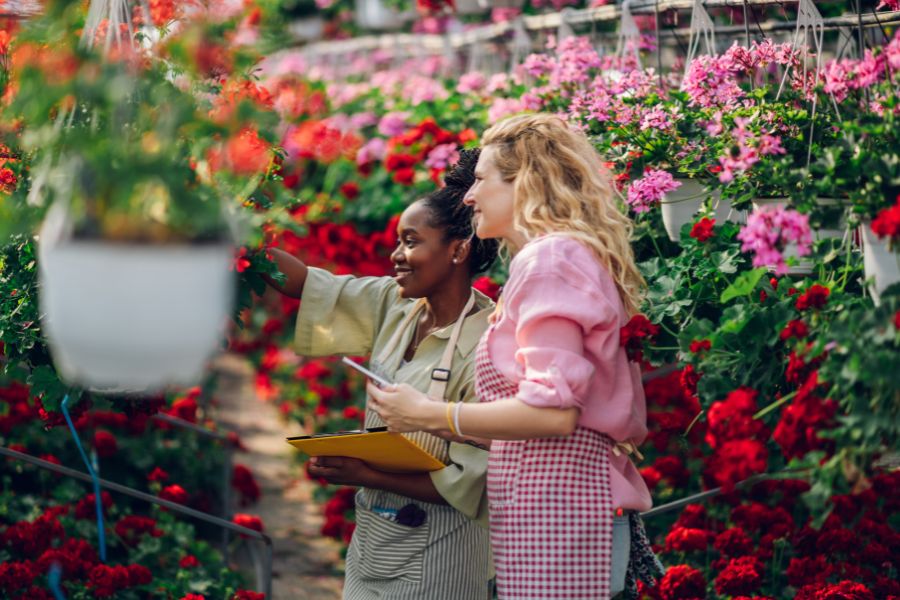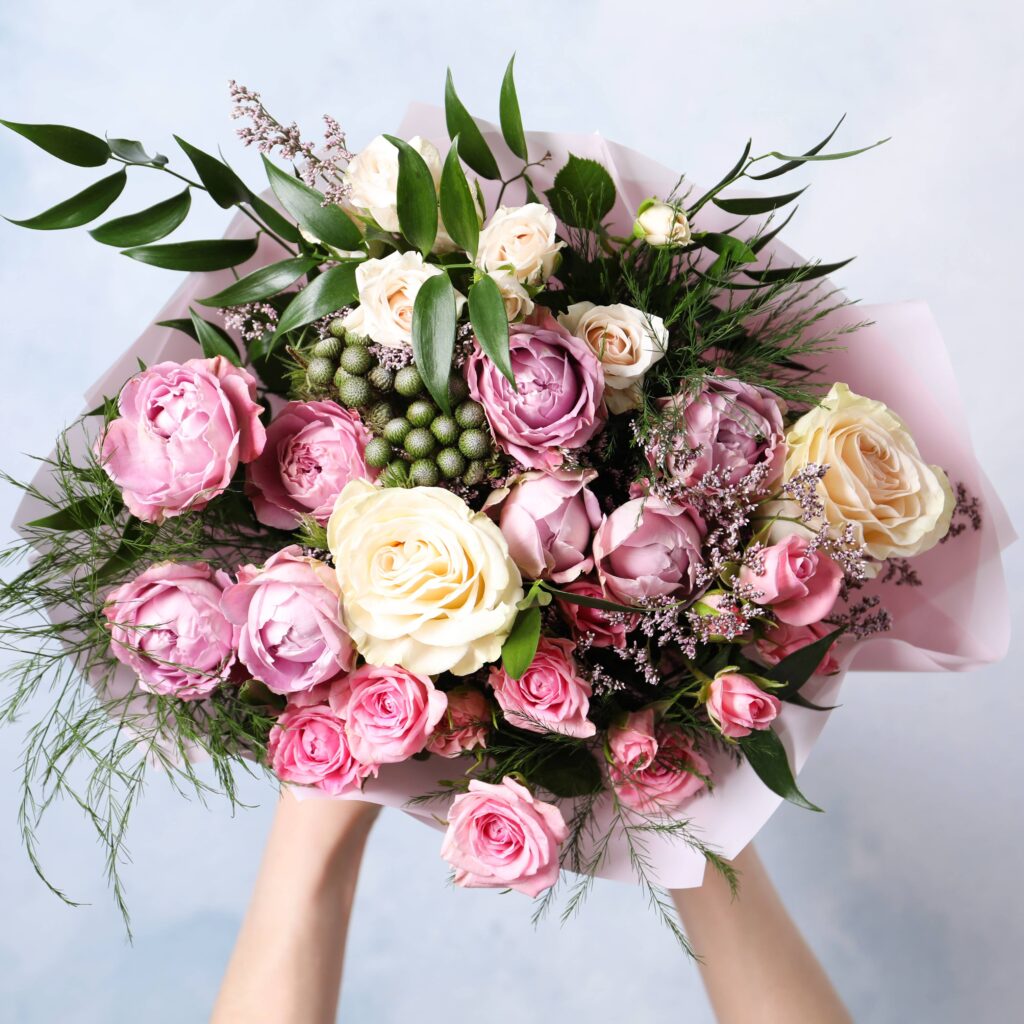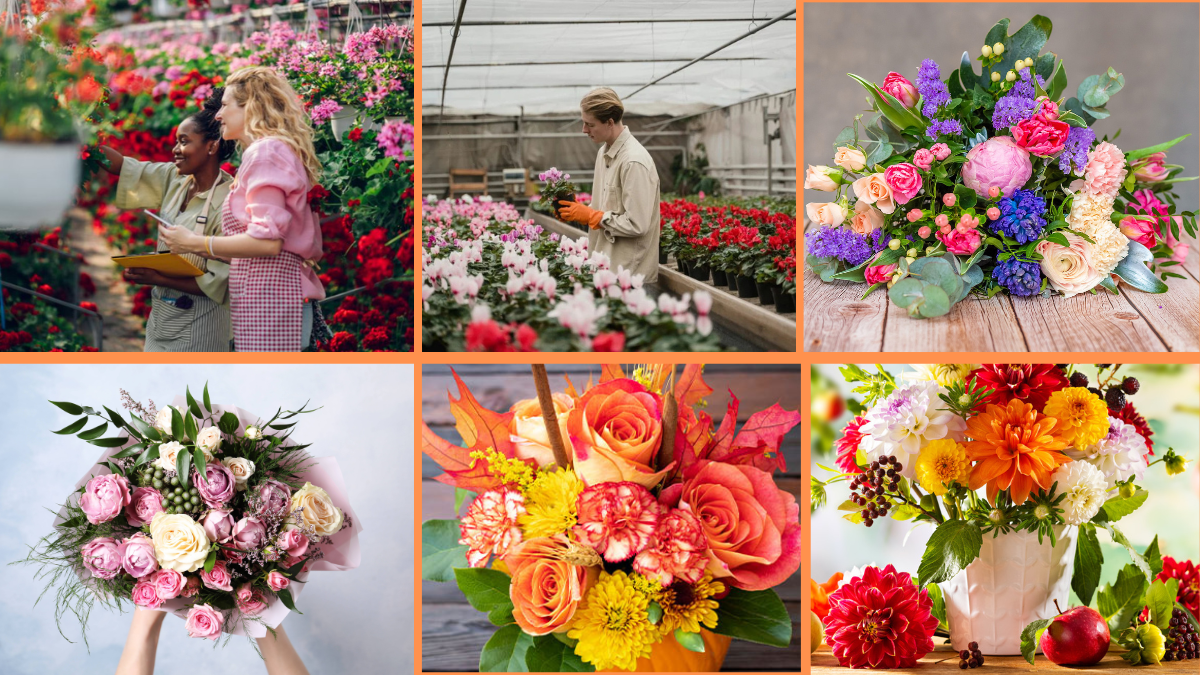A vibrant flower garden is a treat to the eyes no matter the time of year. While spring and summer might seem like the obvious seasons for lush blooms, the truth is — with thoughtful planning, you can have color and fragrance in your garden during every season. The secret lies in selecting flowers that thrive in different weather conditions and bloom at varying times.
Whether you’re a seasoned gardener or a beginner hoping to create a beautiful, year-round display, this guide will help you. Let’s explore 10 practical and creative tips to choose flowers for every season, ensuring your garden remains bright and lively no matter what the calendar says.

1. Understand Your Hardiness Zone
Before selecting flowers for each season, it’s essential to know your plant hardiness zone. This zone is based on your local climate and dictates which plants will thrive in your region throughout the year.
You can easily check your USDA Hardiness Zone (if you’re in the U.S.) through an online map. Each plant comes with a zone rating on its label or seed packet, which will help you identify whether it can withstand your area’s temperatures, particularly in colder seasons like fall and winter.
Pro Tip:
Choose flowers within your hardiness zone range for year-round success and fewer losses during extreme weather.

2. Create a Seasonal Flowering Calendar
One of the most effective ways to maintain constant color in your garden is by creating a seasonal flowering calendar. This involves listing flowers that bloom in spring, summer, fall, and winter so you can strategically fill your garden with plants that take turns blossoming.
For example:
- Spring: Tulips, Daffodils, Hyacinths
- Summer: Zinnias, Marigolds, Coneflowers
- Fall: Mums, Asters, Goldenrods
- Winter: Pansies, Hellebores, Winter Jasmine
This planned approach ensures that as one flower fades, another takes its place.

3. Choose Perennials for Reliability
When selecting flowers for different seasons, perennials are your best friend. These plants live for several years, blooming at their designated time annually, saving you time and effort in replanting.
Popular seasonal perennials include:
- Spring: Peonies, Bleeding Hearts
- Summer: Daylilies, Black-Eyed Susans
- Fall: Sedum, Japanese Anemones
- Winter: Snowdrops, Christmas Rose (Hellebores)
Mixing perennials with annuals creates a dependable backbone for your garden while leaving room for variety.

4. Incorporate Annuals for Flexibility
While perennials provide consistency, annuals offer flexibility and instant color. Since they complete their life cycle in one growing season, you can experiment with different colors and styles each year.
Great choices by season:
- Spring: Pansies, Snapdragons
- Summer: Petunias, Cosmos
- Fall: Marigolds, Calendula
- Winter (in mild climates): Ornamental Cabbage, Viola
Annuals allow you to adjust your garden’s appearance as your preferences or trends change.

5. Select Multi-Season Bloomers
Some flowers are versatile enough to bloom across multiple seasons. Including these hardy, long-lasting bloomers ensures your garden stays lively for extended periods.
Examples:
- Geraniums: Spring through fall in most zones
- Roses: Late spring to fall
- Begonias: Summer to fall
- Calendula: Early spring to late fall in mild climates
Investing in multi-season bloomers reduces maintenance and provides reliable color through seasonal transitions.

6. Consider Bloom Time and Duration
Not all flowers bloom for the same length of time. When choosing flowers for every season, look at both their bloom time (when they start flowering) and bloom duration (how long they last).
Aim for a mix of:
- Early bloomers: Crocus, Snowdrops
- Mid-season bloomers: Iris, Allium
- Late-season bloomers: Asters, Goldenrod
By staggering bloom times, your garden avoids dull periods and ensures a constant display of color.
7. Think About Color Themes for Each Season
Each season evokes different moods and color palettes. Choosing flowers that reflect these seasonal vibes adds harmony and elegance to your garden.
Color suggestions:
- Spring: Soft pastels like pink, lavender, yellow
- Summer: Bright, bold colors like red, orange, purple
- Fall: Warm tones like gold, rust, burgundy
- Winter: Whites, deep greens, and occasional pops of bright color (like red berries or ornamental cabbages)
A thoughtfully coordinated color scheme enhances your garden’s visual appeal.
8. Don’t Forget Foliage and Texture
When planning a year-round garden, it’s easy to focus solely on flowers — but foliage plays an equally important role in providing texture, structure, and color in every season.
Add plants with attractive leaves, stems, and berries such as:
- Hostas and Ferns: Spring to fall
- Heuchera: Year-round in milder climates
- Ornamental grasses: Summer through winter
- Winterberry and Holly: Fall and winter
Foliage plants act as fillers when flowers fade and contribute to the garden’s overall richness.
9. Use Containers for Seasonal Swaps
Not all flowers need to be in the ground. Containers and hanging baskets are perfect for seasonal blooms because they can be swapped out easily with the changing seasons.
Spring and summer container favorites:
- Pansies, Petunias, Lobelia, Impatiens
Fall and winter container options:
- Chrysanthemums, Ornamental Kale, Cyclamen, Winter Pansies
Containers also allow you to experiment with flowers outside your hardiness zone by moving them indoors or to sheltered areas during harsh weather.
10. Visit Local Nurseries and Garden Centers Regularly
Lastly, one of the simplest and most enjoyable ways to choose flowers for every season is to visit local nurseries and garden centers throughout the year. These establishments stock plants that are currently in season and well-suited to your local climate.
Benefits include:
- Discovering new or trendy flower varieties
- Getting expert advice on plant care and pairing
- Seeing real-time examples of what thrives in each season
By making regular nursery visits part of your routine, you’ll naturally become more attuned to your area’s seasonal flowers.
Final Thoughts
Creating a flower garden that blooms in every season is entirely achievable with thoughtful planning and plant selection. By understanding your hardiness zone, organizing a flowering calendar, balancing perennials and annuals, and coordinating colors and textures, you can enjoy a stunning, ever-changing landscape year-round.
Gardening is a living art form — and every season offers an opportunity to refresh and reimagine your outdoor space. With these 10 practical tips, you’ll have a garden that stays vibrant, colorful, and captivating no matter the month.





